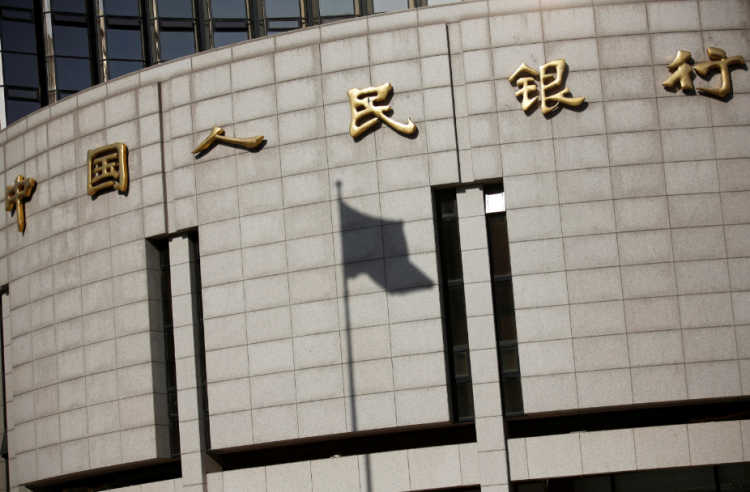Policymakers decided to increase liquidity in the financial sector by encouraging banks to lend more funds at lower rates to enterprises and supporting credit-fueled infrastructure for the country's economic strength and sustainability.
With the central bank's announcement regarding the percentage of cash that banks must have in their vaults or the reserve requirement ratio (RRR), getting cut for the third time this year ending at a 9.5 percentage cut point, costs of lending could still be lessened by 0.1 percentage point.
Paying particular attention to micro and private enterprises, People's Bank of China (PBOC) allowed an additional ratio cut of 1 percentage point for qualified city commercial banks to get implemented on Oct 14 and Nov 15 with a 0.5 percentage lowering of rates during each time.
This will, in the end, be around 900 billion yuan ($126 billion) worth of liquidity.
Jiang Chao, an analyst at Haitong Securities, said that banks will have cheaper funds to lend.
Economists are praising the PBOC move made "just in time" to keep a stable economic growth to lessen economic fluctuations when the China-US trade issues and a slow world economic growth outlook have negatively impacted market sentiment.
Banny Lam, head of research at CEB International Investment made the connection on Beijing supporting credit-fueled infrastructure construction.
The latest reserve ratio cut will increase lending momentum at the same time lower market risk.
Lam noted that investment in urban infrastructure is still one of the major growth drivers of the country's economy.
Starting in September until the end of 2019, Zhou Wenyuan, managing director and chief researcher at Guotai Junan Securities said that new yuan-denominated loans are to increase because of the monetary environment that PBOC created paying particular attention to the support for infrastructure construction.
There will be more capital in the market that will get used to speed up the issuance of local government bonds to help investment.
Mainland's Ministry of Finance will make sure that funds raised from the advance allocation of next year's quota for special bonds are available at the start of 2020.
This latest liquidity injection will also strengthen small and medium-sized banks' financial stability and reduce debt risk.
PBOC assures it will keep a prudent monetary policy to avoid a flood-like effect while making sure there are counter-cyclical adjustments with reasonable but ample amount of liquidity.
The central bank is expected to cut one more of its key policy interest rates in mid-September.
This will be the first time it will get done in four years to reduce corporate funding costs.
Larry Hu, head of Greater China economics at Macquarie Group in Hong Kong, says it is "very likely" that they will cut the LPR (loan prime rate) by about 5-10 bps (basis points) later in September and the RRR by 50 bps.






